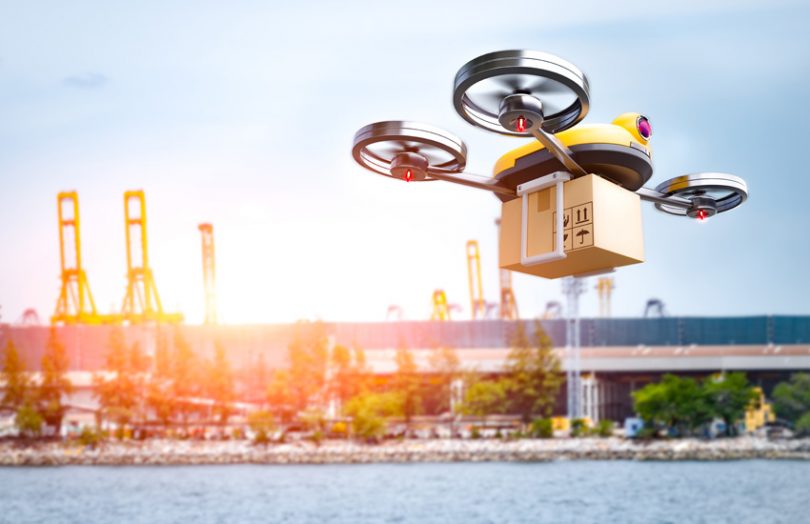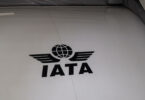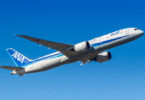SkyGrid, a drone software company owned by Boeing and AI company SparkCognition, has released a report on “The Power of Blockchain in Unmanned Aviation”. It explores the benefits of blockchain for drone technology and outlines practical examples.
Drones have shown the potential to transform industries, automate tasks, and uncover new data sets. Demand for them is already booming, and it is estimated that by 2023 commercial drone shipments will hit 2.9 million units, according to Frost & Sullivan.
However, the two challenges that threaten to limit their potential are public safety and airspace authorities’ ability to manage the growth.
SkyGrid makes the case that what is needed to address both issues is a “new airspace system” that will “remove the burden on operators and authorities by enabling more autonomous workflows”.
Blockchain benefits for drones
In congested airspace, every drone needs to accurately supply real-time data on its whereabouts, flight path, and any planned changes. While previously responsibility for this would fall on the drone operators themselves, blockchain provides an alternative solution. Using a unique ID for every unmanned aircraft, blockchain can keep a “real-time record” of its position and movements, operator, and maintenance history.
The use of smart contracts through blockchain could automate compliance of unmanned aircraft with regulations. Such a system could limit human error by restricting any flight above 400 feet or avoiding a set radius around an airport.
Drone maintenance and faults could be logged on a blockchain. After a defect is detected, a smart contract would require a sign-off from a technician’s private key before the drone is permitted to fly again.
Blockchain provides for greater systemwide auditability in case of an incident. With a decentralized blockchain, the flight records are harder to tamper with and multiple blockchain nodes provide data redundancy.
To restrict access, SkyGrid suggests a private consortium ledger so that only those with appropriate permissions can access confidential data such as flight plans and operator details.
Finally, blockchain can limit the amount of paper documents used in aviation today, as a permanent and accessible record is stored on the ledger.
Blockchain use cases for commercial drones
Package delivery is one of the biggest opportunities for drone technology, with trials for grocery delivery and pharmaceuticals already piloted. Regulators could use blockchain to ensure that companies carrying hazardous goods keep drones away from populous areas such as airports, stadiums, or busy highways.
Blockchain can also improve industrial inspections and surveillance using drones. Farmers, building companies and oil companies use drones to inspect crops, building sites and rigs. In the case of an oil rig or construction site incident, a blockchain platform could provide a record of the latest inspection.
Blockchain can be useful in helping drones provide emergency medical supplies for two reasons. Given how critical it is that drones that provide emergency supplies are fully functioning, smart contracts can be used to mandate system checks every few flight hours.
SkyGrid also suggests that blockchain private keys could be used to encrypt personal data such as blood type relevant for organ transport via drones. But we’d wonder whether such details wouldn’t more appropriately be stored within a healthcare platform.
Meanwhile, seven months ago, SkyGrid received approval from the Federal Aviation Administration (FAA) as a supplier of drone flight information and approvals.
The firm has developed its AerialOS platform to monitor airspace and enforce compliance amongst other functionality.
But it’s not the only organization exploring blockchain for air traffic. A year ago, NASA published a paper about a blockchain prototype for air traffic data. And the US Airforce is exploring blockchain for a wide variety of applications.






